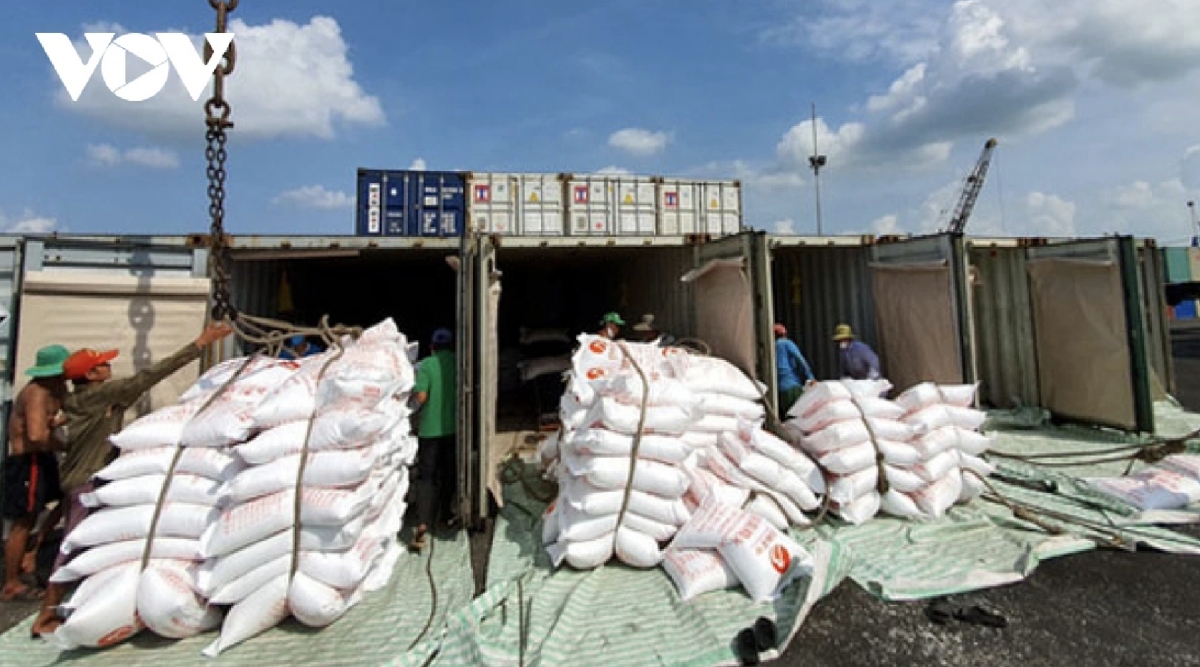Vietnamese rice export prices reach new global high
VOV.VN - Vietnam's rice export prices have reached the highest levels globally, surpassing those of other leading rice exporters such as India, Thailand, and Pakistan, reported the Vietnam Food Association (VFA).

VFA statistics show the price of 5% broken rice from Vietnam rose by US$5 on August 19, reaching nearly US$400 per tonne. In contrast, export prices for rice of the same variety from Thailand, Pakistan, and India dropped to US$354, US$376, and US$355 per tonne, respectively.
Vietnamese rice now holds the highest price among the top four exporters, exceeding Thailand’s by US$45 per tonne, India’s by US$23 per tonne, and Pakistan’s by US$44 per tonne.
Not only commanding high prices, Vietnam has also surpassed Thailand to become the world’s second largest rice exporter in the first half of this year, according to the Thai Rice Exporters Association.
Preliminary data from the Department of Customs shows that as of August 15, Vietnamese enterprises exported nearly 5.88 million tonnes of rice, earning over US$3 billion. The average export price stood at nearly US$512 per tonne.
This achievement highlights a clear shift from exporting in volume to exporting with greater value, strengthening Vietnam’s competitive edge. However, the rice industry still faces challenges such as risks from salinity intrusion, drought, and climate change affecting production, as well as technical barriers from demanding markets like the EU and Japan.
Amid weakening global demand coupled with competitors significantly lowering prices, the country’s price advantage may narrow. This requires a long-term strategy which will shift the focus from increasing output to enhancing product value.
In the long run, sustainable development strategies should prioritise exporting high-quality rice, organic rice, ensuring traceability, and building a national rice brand. Without this, Vietnam’s current position as the second largest exporter might only be a temporary peak amid global oversupply and climate fluctuations.
Regarding rice exports, the Government Office recently conveyed Prime Minister Pham Minh Chinh’s directive to the Ministry of Agriculture and Environment to study the situation, coordinate with relevant agencies, and implement concrete solutions promptly within their authority.
At the same time, efforts must be accelerated to boost rice exports, especially high-quality and organic rice, linked with traceability systems and national brand building to increase export value.
Furthermore, the implementation of the Project on Sustainable Development of one million hectares of high-quality, low-emission rice cultivation associated with green growth in the Mekong Delta by 2030 must be expedited.



